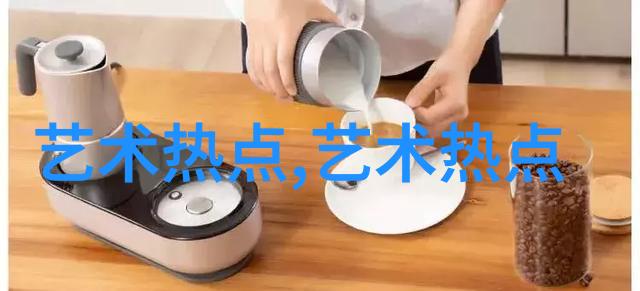解锁当代中国画之美艺术教育不足与启示
当代中国画之我见:艺术教育不足与启示

传统中国画已步入穷途末路,然而,这并非意味着所有人都认同这一观点。事实上,当代中国画正处于危机与新生、破坏与创造的转折点。现代中国画家所面临的困难、迷茫、反思和深思反映了历史演变的特征。在我们的时代,成为一名中国画家变得尤为困难,因为客观压力和主观不满共同限制了他们的创作潜能。
传统中国画作为一种封建意识形态,其根植于一个绝对封闭社会中,以“天不变,道亦不变”的封建纲常为基础,从孔夫子到孙中山,历时二千多年的封建社会所表现出的惊人的稳定性,对艺术发展产生了重大影响。不论形式还是内容,中国画从形成到没落几乎保持了一种平衡进程,没有出现任何突变或飞跃。其历史实际上是一部在技术处理方面不断完善,在绘画观念上不断缩小的历史。

我们可以理解,从早期的帛画、壁畫到文人畫,在绘画形式上的演变,就是逐渐淘汰那些单纯以造型为主的点线色墨,而赋予这些形式符号本身以抽象审美意义。可以说,书法用笔强调后的笔墨抽象审美意味愈强,也预示着中国画形式规范愈严密。这导致技术手段达到最高水平,但成为了僵硬抽象形式。因此, painters abandon the exploration of painting concepts and pursue the pursuit of "liangong" (a term used to describe the subtle, nuanced quality of Chinese painting) with their technical skills.
当然,我们不能忽视的是,由于理论薄弱程度也相当大地制约了中国绘图实践。当下需要接受时代要求挑战,是对当代Chinese painter's stern test. The traditional Chinese painting theory is too focused on practical experience rather than theoretical development, resulting in a lack of guidance for innovative artistic practices. As such, we must discard outdated theories and recognize that China's artistic heritage is not just about preserving old forms but about creating new meanings from it.

The key to innovation in contemporary Chinese painting lies in breaking free from our idolization of strict formality standards and exploring new ways to express ourselves through art. We must acknowledge that while some artists are still clinging onto outdated ideas, others have already begun to pave the way for modernity. Artists like Liu Haisu, Shi Lu, Zhu Qiyan, and Lin Fengmian have all made significant contributions by pushing beyond traditional boundaries without losing sight of their cultural roots.
In conclusion, contemporary Chinese painting is at a crossroads where tradition meets modernity. While there are those who cling to outdated notions and others who blaze new trails, it is clear that innovation will be driven by artists who can balance tradition with modern sensibilities and create something entirely new.
